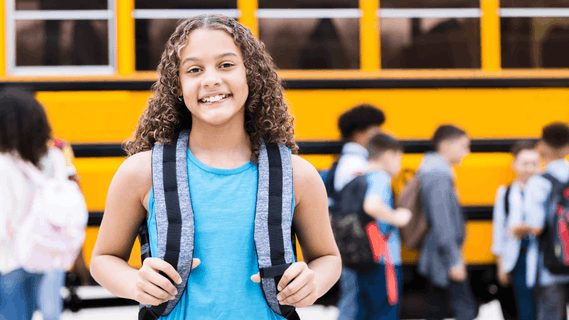As a Strength and Conditioning Coach, one thing that is always on my mind is the development and improvement of athletic performance. One of the most common things I hear in discussions with Head Coaches, Athletic Directors, and Sports Medicine is the concept of sports specific training. Sport specific training is your sport. Previous thinking stated that if you wanted to improve on catching a football, you practice catching a football. However, everything you do in the weight room does not need to mimic the sport.
To me, sport specific training refers to training the particular energy systems and movements of the sports. This is a concept that is pretty widely accepted among Strength and Conditioning Coaches, but at times, can get lost in translation. In general terms, if you make athletes stronger, run faster, jump higher and increase their work capacity – they will be better at their sport. By increasing the Athletic Performance of an athlete, the risk of injury will decrease. With that said, you still cannot prevent all injuries. Unfortunately, sometimes bad things happen and you just have to deal with it. However, you can better prepare the body to withstand the hardships of the sport.
One thing I tell my staff, interns, and coaches at the college level is we get amateur athletes. A term that used to be used to describe young athletes or 17 to 21 year old college students.
In general, the following are issues I have seen in college athletes over the years:
- Lack of mobility (Hip, Hamstring, Shoulder)
- Low Strength Levels
- Low Power Levels
- Ability to recover and handle daily sport demands
- Start each workout targeting problem mobility areas. Increasing mobility will have awesome results in your workout.
- Olympic Training. (Clean, Snatch, Jerk) There are many variations you can use. Start a workout with an Olympic movement. Constantly teach and coach the movement. I use Complexes before my Athletes do an Olympic movement. Complexes refer to breaking down the particular movement you are doing in pieces with very light weight.
- Strength movement (Squat, Bench, Deadlift) – again there are many variations of these lifts.
- Spending time under the bar will make individual athletes and their teams stronger. Strength and power go together; you cannot have one without the other.
- Train the back. Pull Ups, Chin Ups, Rows, should be a staple in your program.
- End the workout with recovery. This will help them get ready for practice or the next training session.









